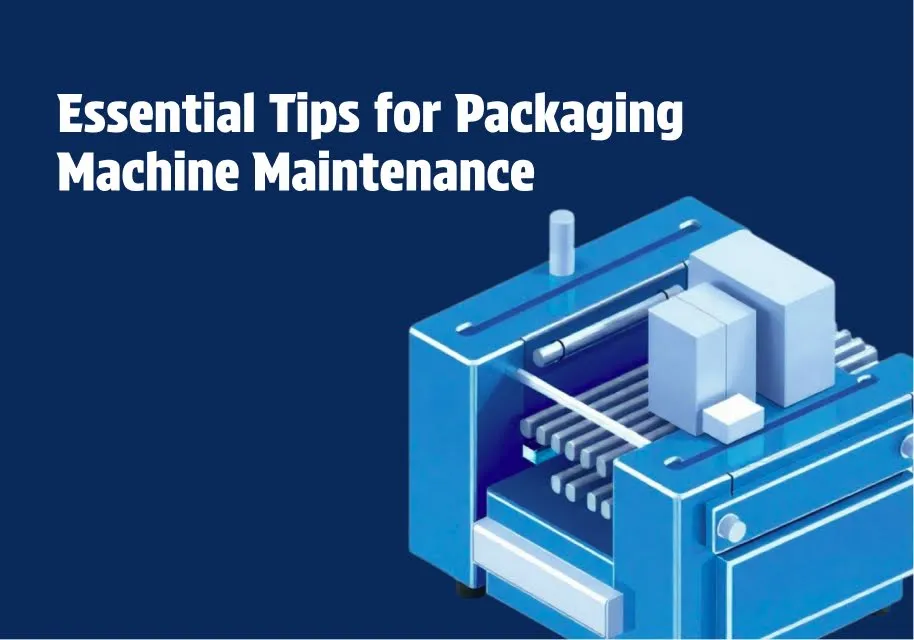For any company that handles or deals with small packages or large industrial shipments, understanding the technical aspects of packaging is a necessity. One of the most fundamental concepts is palletising, a simple but highly effective practice that enhances efficiency, protects goods, and optimises space throughout the entire handling and transportation process.
This guide will walk you through the palletised meaning, benefits, and technical details of palletising to help you streamline your operations and reduce costs.
What is Palletizing?
Palletized meaning refers to the process of stacking and securing products onto a pallet. Think of it as a base platform, typically made of wood or plastic, that you use to consolidate multiple boxes or items into a single, stable unit. This practice is fundamental in modern logistics for a simple reason: it makes everything easier to move.
The dual function of palletizing is to provide a supporting load and protection. By consolidating a variety of boxes, bags, or other containers into one unit, a stronger, more stable structure is created that is less susceptible to damage from impacts or shifting during transit. This is particularly important for businesses that ship high volumes of products, where even a small percentage of damage can lead to significant financial losses.
To achieve this, many businesses rely on high-quality equipment to ensure their palletized loads are secure.
Machine Stretch Film
For businesses with automated equipment, machine stretch film is designed for consistency and efficiency. It works with stretch wrapping machines to provide a secure and uniform wrap every time. The film's specifications are tailored to a range of machine requirements, ensuring a reliable fit for different types of equipment.
- Technical Specifications: The machine stretch film comes in weights ranging from 8 kg to 50 kg, and is available in thicknesses of 18, 19, 20, and 23–30 microns. It is also available in widths of 500 mm and 1500 mm.
- Benefits: This type of film is designed to work seamlessly with automated machinery, reducing manual labor and ensuring a consistently tight and stable wrap. The variety of available specifications allows businesses to choose a film that is perfectly suited to their specific equipment and load requirements.
Advantages of Palletizing
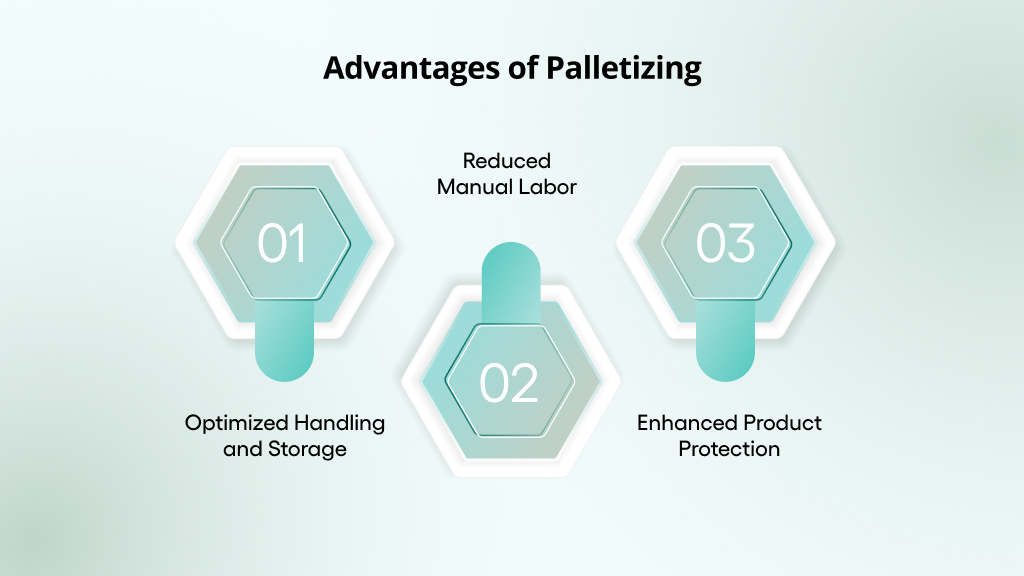
The advantages of palletizing extend beyond just moving products. It's a strategic process that improves efficiency and safety across an entire operation.
- Optimized Handling and Storage: Palletized goods are standardized, meaning they can be handled by standard machinery and stored in racking systems. This allows for efficient use of vertical space in a warehouse, reducing the storage footprint. The standardization also simplifies inventory management, as units can be tracked by the pallet instead of individual items.
- Reduced Manual Labor: Moving a pallet with a forklift is a one-person job. Manually moving the same number of individual boxes would require significantly more time and effort, increasing labor costs and the potential for injury. Palletizing allows a team to focus on higher-value tasks.
- Enhanced Product Protection: A properly wrapped and strapped pallet provides a strong barrier against external factors. It protects products from dust, moisture, and general handling damage. The tight wrap also prevents products from shifting or falling, a common cause of damage during transport.
Technical Methods and Techniques for Palletizing
To achieve a stable and secure pallet load, it's essential to follow specific methods and use the right tools.
- Interlocked Stacking Pattern: This is the most effective stacking method for stability. By rotating each layer of boxes, vertical columns are prevented from forming, and a stronger, more cohesive unit is created. This pattern distributes the weight more evenly and is highly resistant to toppling.
- Load Securing Materials: The choice of securing material is critical. Shrink wrap is applied and then heated to shrink tightly around the load, offering excellent protection against dust and moisture. Strapping uses strong bands like PC650RPS, made of polypropylene or polyester, to provide high-tension security, ideal for heavy or unstable loads.
- Automation: For high-volume operations, manual palletizing is simply not feasible. Automated palletizers use robotic arms or gantry systems to stack products onto pallets with precision and speed, far surpassing manual capabilities. These systems can be programmed for different stacking patterns and product sizes, ensuring consistency and maximizing efficiency.
To create loads that can withstand the rigors of transportation, a reliable strapping machine is essential.
StraPack Pallet Strapping Machines
For technical applications where high tension is required, StraPack's pallet strapping machines are the ideal solution. These machines are designed for reliability and consistency, ensuring loads are securely strapped to the pallet.
- Technical Specifications: StraPack offers a variety of models, including the D-53PLT2, a semi-automatic machine designed to strap pallets quickly and economically. It can use standard or heavy polypropylene strapping and has a sealing point as low as 340 mm from the floor, making it suitable for a wide range of pallet heights. The D-53PLT2 has a versatile tension capability, with both manual and automatic tension modes available.
- Benefits: StraPack machines are built for durability and ease of use. The D-53PLT2 can reduce the time it takes to strap a pallet by up to two-thirds compared to manual tools, which is a significant time and labor saving. The adjustable bayonet height allows for cross-strapping through various pallet openings, providing maximum load stability.
The Palletizing Process: Step-by-Step
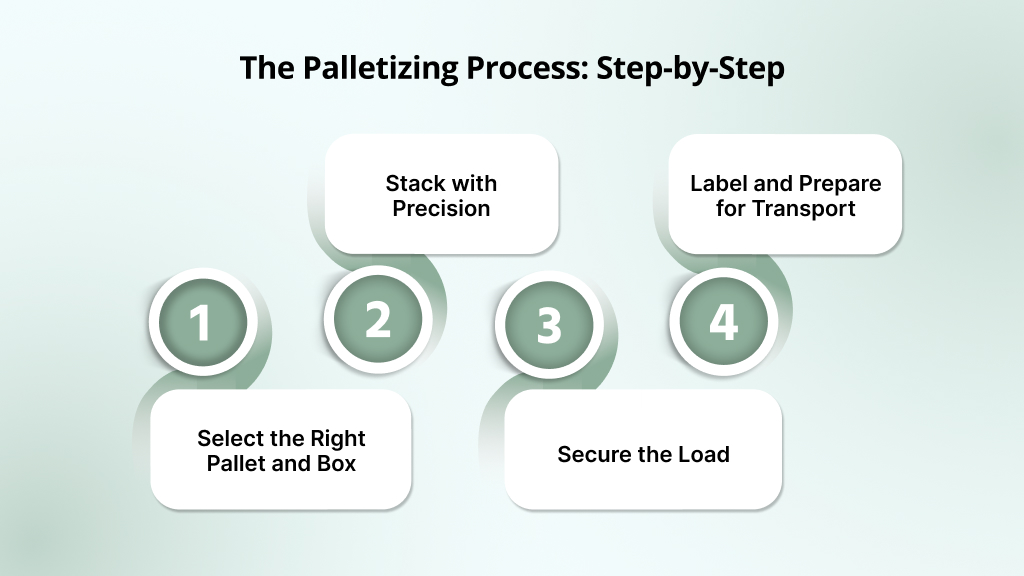
A good palletizing process ensures your products are safe and your operations run smoothly. Here's a clear guide to the key steps:
- Select the Right Pallet and Box: Start by choosing a pallet that can handle your load's weight without bending. Your boxes should fit neatly within the pallet's edges; never let them hang over the sides.
- Stack with Precision: Use a staggered or interlocking stacking pattern. This makes the entire load strong and stable, like a brick wall. Always put the heaviest items on the bottom to keep the load's center of gravity low.
- Secure the Load: Once everything is stacked, apply your stretch wrap or strapping. Make sure it's tight and goes from the top of the load all the way down to the pallet's base. This binds the entire load into a single, secure unit.
- Label and Prepare for Transport: Apply labels with clear shipping information, including any handling instructions.
Once a pallet is ready, a robust conveyor system is needed to move it efficiently.
SOCO SYSTEM Conveyor Solutions
The final step is often moving a finished pallet to a truck or storage area. SOCO SYSTEM's modular conveyor solutions are designed to connect seamlessly with other equipment, creating a highly efficient end-of-line packaging system.
- Technical Details: SOCO SYSTEM's conveyors are modular, with a variety of driven and non-driven options available, including roller, belt, and vertical conveyors. The system's components, such as controllers, packaging tables, and rotary tables, can be combined to create a custom solution for various
- Benefits: A SOCO SYSTEM conveyor eliminates the need for manual handling of heavy pallets, which reduces the risk of injury and speeds up the entire loading process. The modular design also makes them flexible and easy to expand as your business grows.
Why Choose John Maye Company?
When it comes to packaging solutions, John Maye Company is the reliable and knowledgeable partner you can count on. With decades of experience, they offer a full range of packaging equipment and supplies from top manufacturers, so you can be sure there’s a solution for every need, whether you're bundling small items or securing heavy industrial pallets.
The customer experience is focused on making things easy and efficient. With a fast shipping process, most orders leave the distribution center within 24 hours, so you can keep your operations running smoothly without delays. They also offer great on-site and remote support from their expert service team, all to minimize your downtime and keep your packaging line performing at its best.
FAQs
1. What is the ideal palletizing method for heavy or irregular-shaped products?
For heavy or irregularly shaped products, it's best to use a combination of techniques. A manual or automated strapping machine can provide the high tension needed to secure the load, while custom palletizing patterns and dunnage (e.g., corner boards, foam) can help protect the products and maintain load stability.
2. How do I prevent products from shifting on the pallet during transport?
To keep your products from shifting, think of it as a two-step process. First, build a tight and stable stack with an interlocked pattern. Second, use a high-quality stretch wrap or strapping to apply enough tension to the entire load, from the base of the pallet all the way to the top. This wrap should be tough enough to handle bumps and tears during transit.
3. Describe the difference between shrink wrap and stretch wrap?
This is a common point of confusion! The main difference is how they're applied. Stretch wrap is a stretchy, elastic film that you pull tight and wrap around a load at room temperature to secure it. Shrink wrap is a loose film that's applied to a product and then heated, causing it to shrink and form a tight, protective seal. For palletizing, you'll almost always be using stretch wrap.
4. Are plastic pallets better than wood pallets?
Both have their place, but it really comes down to your needs. Plastic pallets are more durable and easier to clean, making them a great choice for food or pharma. They are also lighter and resistant to moisture. Wood pallets are more affordable and easier to repair, but they can be a source of splinters or harbor bacteria if not cleaned properly.
5. How do I know if my palletizing process is efficient?
It's smart to keep an eye on your process! You can gauge efficiency by tracking a few key areas, like how long it takes to build and wrap a pallet, how much material you're using, and how often products get damaged. If you're seeing high labor costs, a lot of wasted material, or frequent damage, it might be time to look at new equipment or optimize your current process.
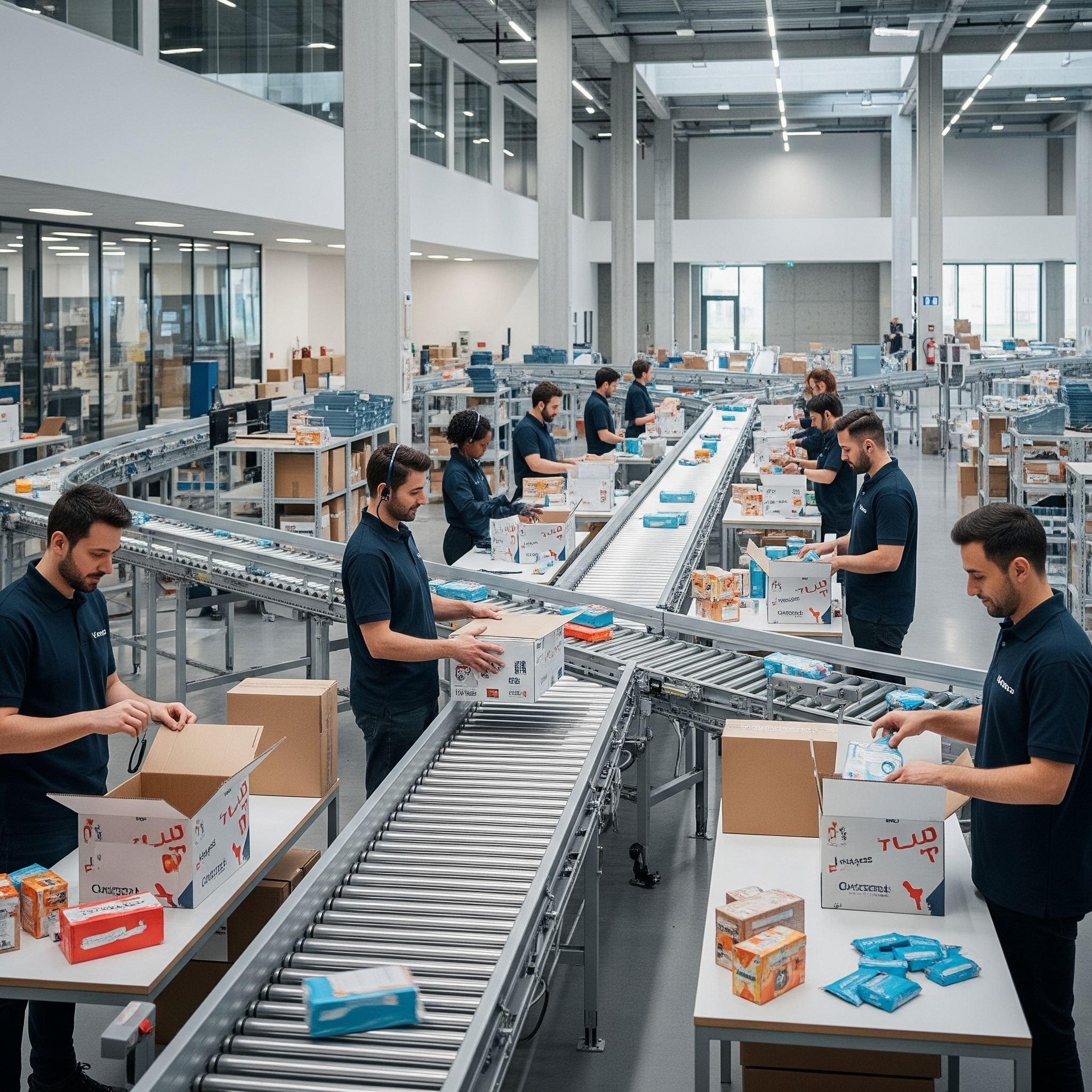
Blogs
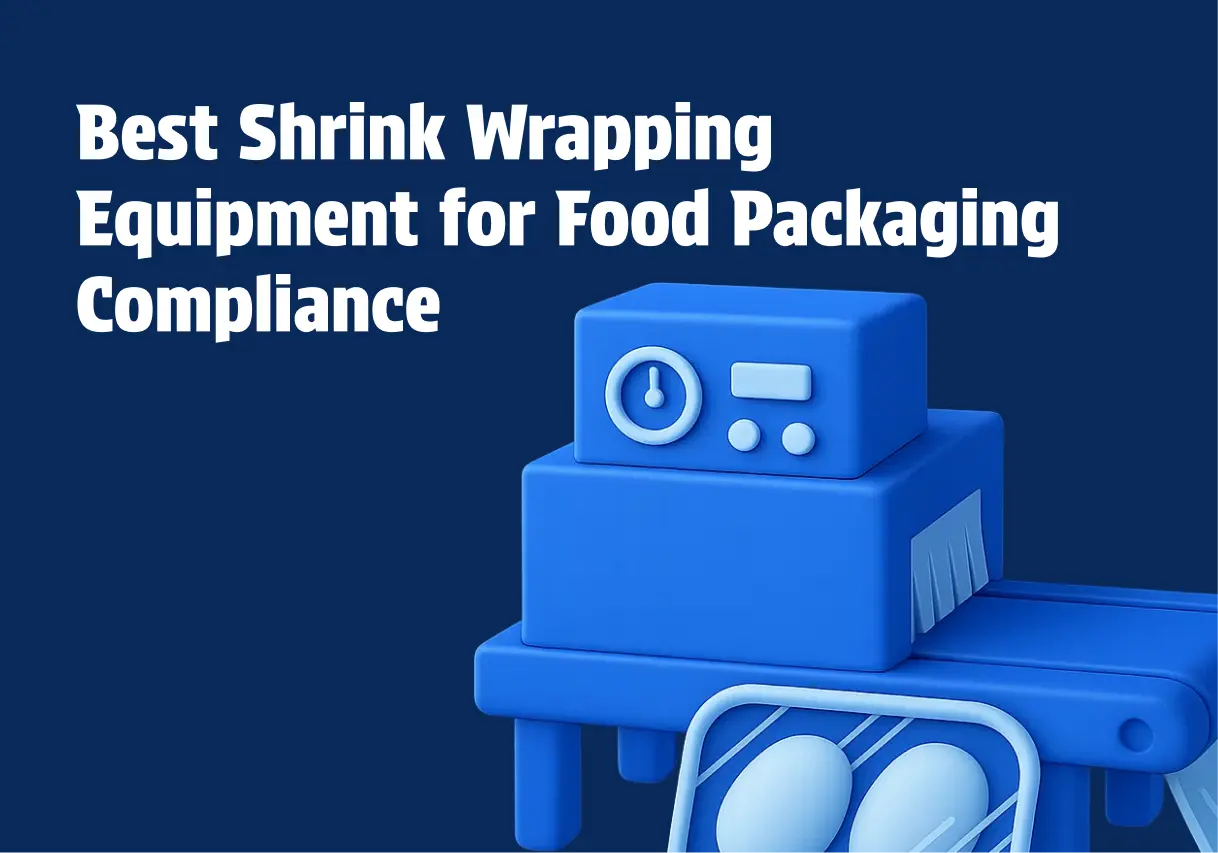
Best Shrink Wrap Machines for Your Business
Discover the best shrink wrapping equipment for food packaging compliance. Conflex offers high automation. Increase efficiency now!

Top Banding Machines for Packaging Solutions
Find top banding machines for small to mid-size packaging lines! Discover flexible automation options and sustainability features. Optimize efficiency today!
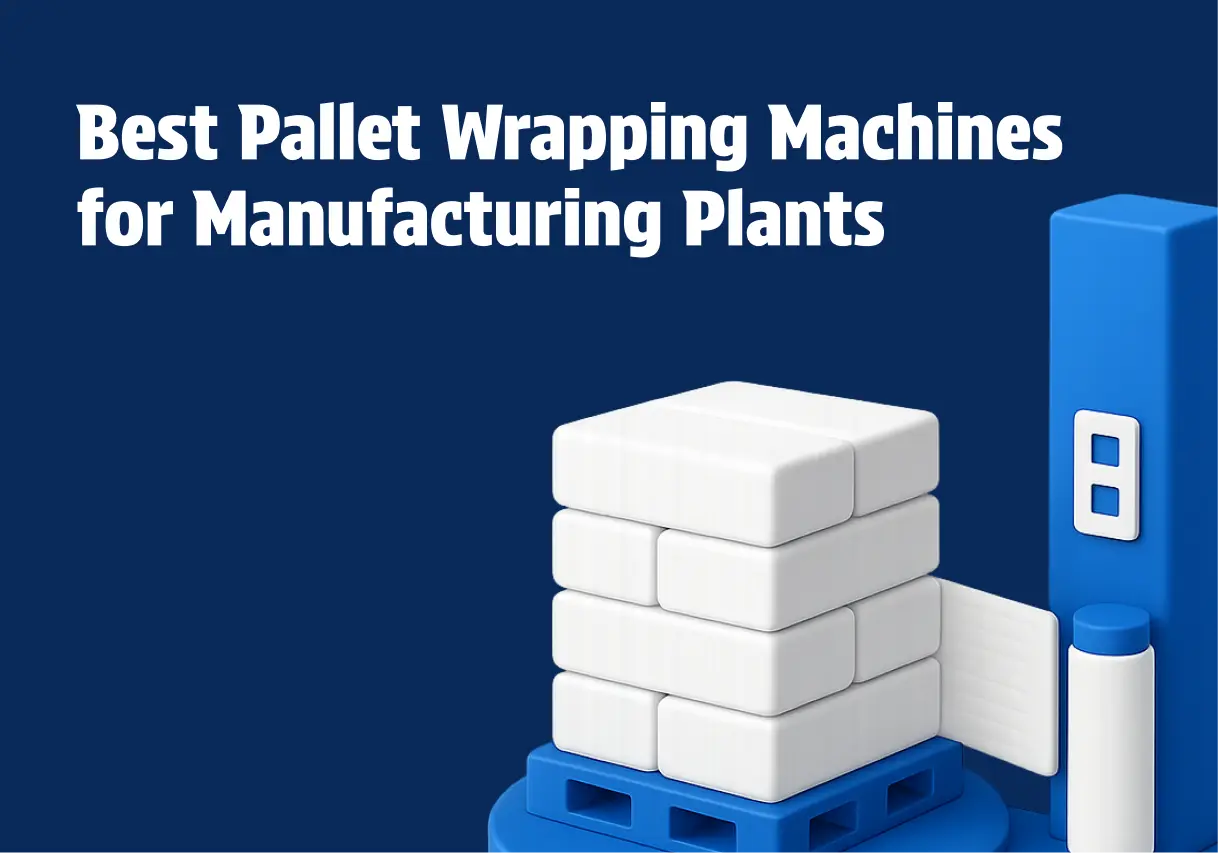
Best Pallet Wrapping Machines for Manufacturing Plants 2025
Explore the best pallet wrapping machines for manufacturing plants in 2025. Learn how to choose, compare key models, and reduce wrapping costs.
